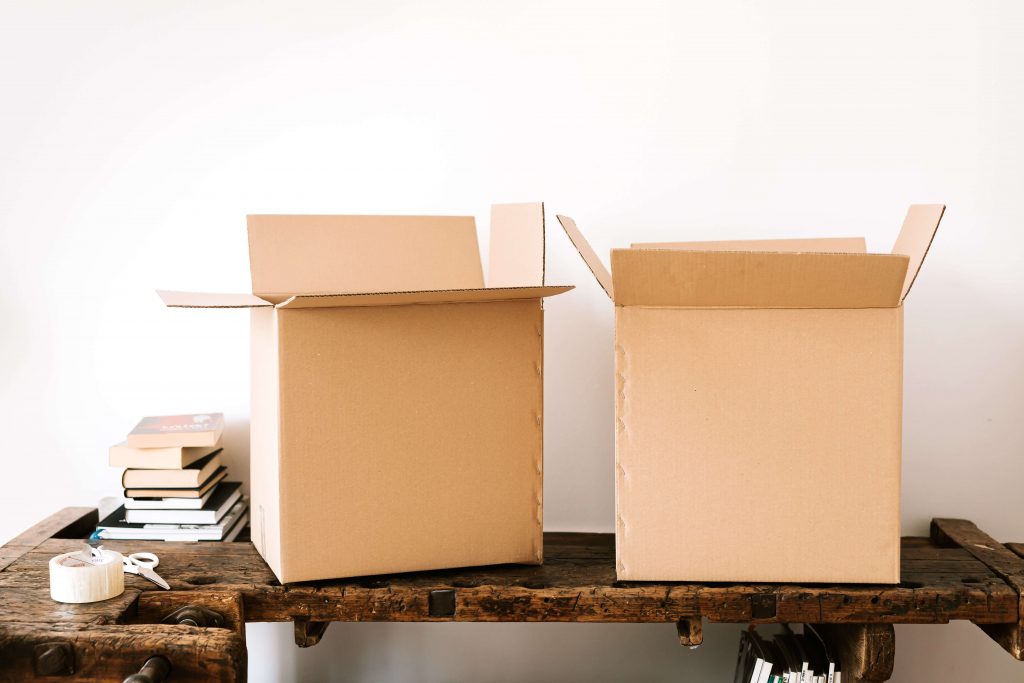Properly stored paper has many benefits: better print quality, less risk of damage to printing equipment and respect for the environment. Just follow a few simple rules.
Storing paper seems to be an issue that does not require instructions. Unfortunately, only on the surface. Very often, improperly stored paper is subject to mechanical damage, absorbs moisture from the environment and, as a result, is unusable. By observing a few simple rules, you can avoid wasting paper and incurring additional expenses.
Even if you do not want to make storing paper a big issue and provide a suitable room, it is worth following a few rules:
If you want to create the best conditions for storing paper, you cannot do without a dedicated room. The first parameter to pay attention to is the temperature: from 20°C to 24.4°C. The second measurable indicator is the relative humidity in the room, ranging from 35% to 55%.

When we order large quantities of paper, we usually receive them in collective cartons. When stacking cartons on top of each other, remember to stack no more than 5 reams of paper of the same size. The pyramid should be stacked carefully – so as not to crush the corners or otherwise mechanically damage the paper.
The same risk as dampness is excessive drying of the paper. Paper that shrinks, crumbles, the edges become dry – all signs that there is too little humidity in the room.
Taking good care of your paper is key to improving print quality and productivity. By following a few simple tips, you can increase efficiency and significantly improve quality. It’s also an environmentally friendly measure that many companies care about.
The issue of paper storage is not just about unprinted reams. Companies store printouts, paperwork, blueprints and many other paper documents. Storing them the right way will ensure that they will last for years to come.
Check out our quick guide on how to choose the right paper for your printer.